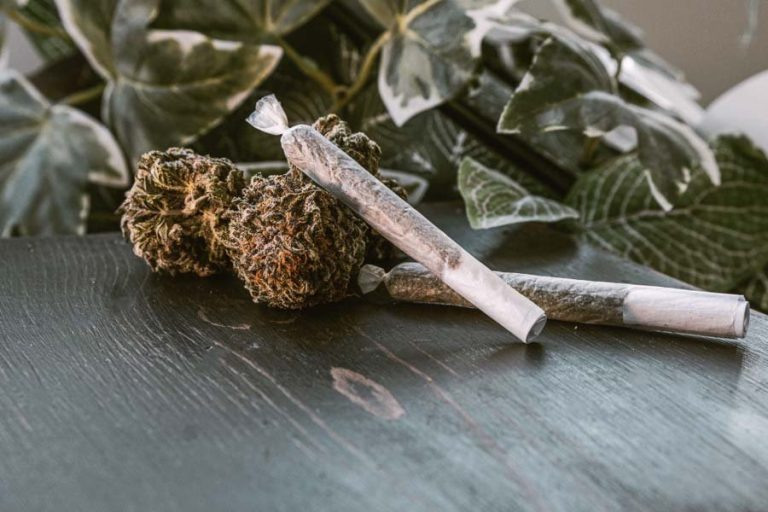Comparing Heat Transfer Methods: Why the DTF Press Stands Out
Direct-to-Film (DTF) press technology has emerged as a significant innovation among these alternatives, with special advantages distinct from traditional methods, making it a prominent application of heat transfers.
Conventional Heat Transfer Methods
- Screen Printing
For while now, Screen printing has been a staple of the custom printed industry The process produces a design (or pattern) and uses it to print ink on the substratum. Although commonly recognized for its longevity and color quality, screen printing can become pricey and time-consuming due to the setup cost of each screen per design – particularly when your designs are multi-colored or you want a very small run. Once the process is set up, it can become complicated (and this technique does not scale as well to very detailed or intricate designs).
- Heat Transfer Vinyl (HTV)
Heat Transfer Vinyl is a vinyl material that you cut into shapes out of sheets and are applied to fabric using a heat press. A simple and smaller run or individual order preferred method. But, it has limitations where you cannot blend colors and complex designs on HTV.

- Sublimation Printing
Another common method is sublimation, ideally for polyester fabrics and coated surfaces. It is a process where dye based liquids are converted into gases that adhere to polyester fiber and transferred on the material which eventually gets printed as an image.
Why the DTF Press Stands Out
- Versatility
The DTF press has an extraordinary flexibility over previous modes of doing things. DTF transfers can be made on many other fabrics from polyester, cotton to blends. The band would be flexible enough to accommodate applications ranging from wearable’s all the way up to accessories.
- High-Quality Results
Sharp High Definition, Vibrant Color & Intricate Detail with DTF Technology This process is done by printing designs on a special film, then applying this onto the substrate. This guarantees superior color saturation and durability, with designs often featuring unlimited design complexity and a high level of detail.
- Efficient and Cost-Effective
Print shops can more easily reduce setup times and costs by using DTF presses. Being able to print full-color designs without having separate screens or multiple vinyl sheets is also another reason why it’s a great option, especially for small orders.
With this in mind, it is unsurprising that custom printing companies often use the digital approach—its capabilities in heat transfer to generate high-quality detailed design variations on multiple types of materials are that powerful.







